Home>Others>Eco-Friendly Products>How To Use A Countertop Compost Bin
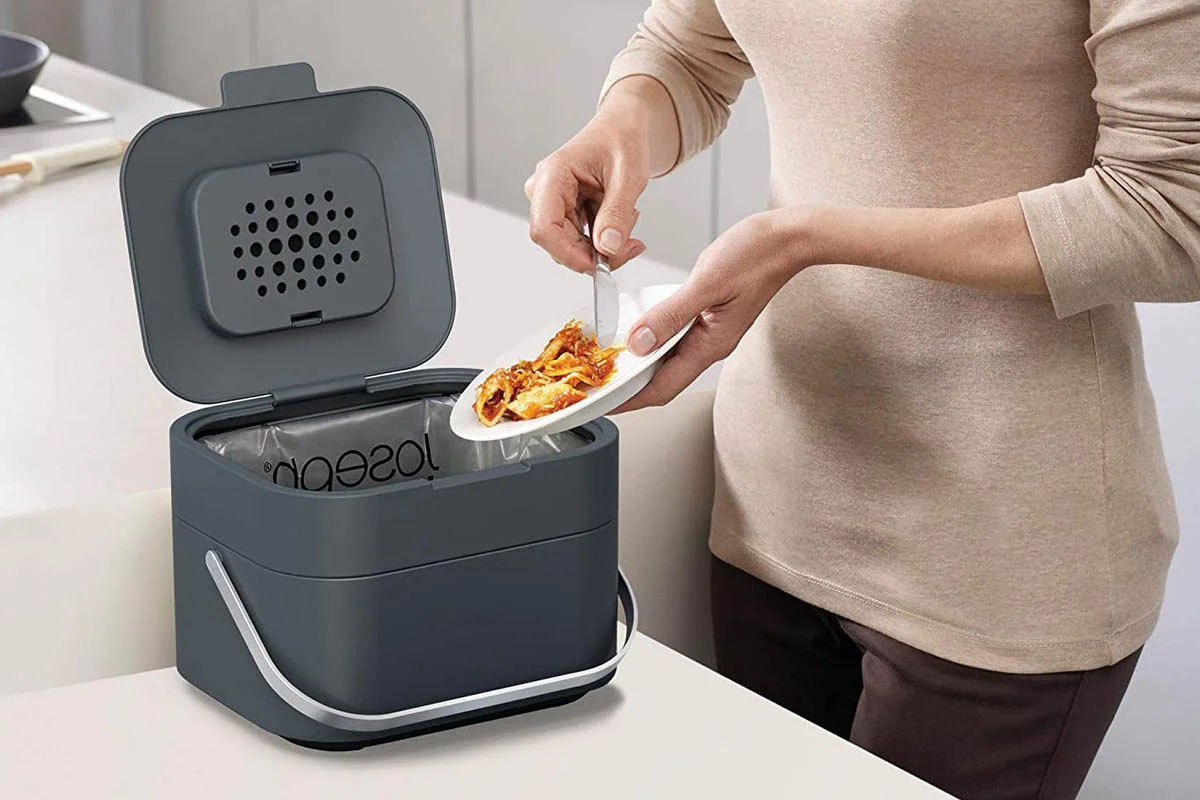

Eco-Friendly Products
How To Use A Countertop Compost Bin
Modified: August 16, 2024
Learn how to use a countertop compost bin to reduce waste and live a more eco-friendly lifestyle. Discover eco-friendly products for sustainable living.
(Many of the links in this article redirect to a specific reviewed product. Your purchase of these products through affiliate links helps to generate commission for Storables.com, at no extra cost. Learn more)
Introduction
Welcome to the world of sustainable living! If you're passionate about reducing waste and giving back to the environment, using a countertop compost bin is an excellent way to start your eco-friendly journey. Composting is the process of recycling organic waste, such as food scraps and plant materials, into nutrient-rich soil that can be used to nourish gardens, potted plants, and more. By utilizing a countertop compost bin, you can conveniently collect kitchen scraps and transform them into a valuable resource for your home and garden.
In this article, we'll explore the ins and outs of using a countertop compost bin, from selecting the right one for your needs to maintaining and utilizing it effectively. Whether you're a seasoned composting enthusiast or a newcomer to the world of eco-friendly practices, this guide will equip you with the knowledge and confidence to make the most of your countertop composting experience.
Join us as we delve into the fascinating realm of composting and discover how a simple countertop compost bin can make a significant difference in reducing waste and nurturing the planet. Let's embark on this enriching journey together and unlock the secrets of sustainable living right in your own kitchen!
Key Takeaways:
- Start your eco-friendly journey with a countertop compost bin to recycle kitchen scraps into nutrient-rich soil for your garden, reducing waste and nurturing the planet.
- Choose, set up, and maintain your compost bin to seamlessly integrate sustainable practices into your daily routine, contributing to a greener and more sustainable future.
Read more: How To Use A Rotating Compost Bin
Choosing the Right Countertop Compost Bin
When it comes to selecting the perfect countertop compost bin, there are several factors to consider to ensure that it aligns with your lifestyle and composting goals. Here are some essential aspects to keep in mind as you embark on your search for the ideal compost bin:
- Size and Capacity: Assess the amount of organic waste your household generates on a daily basis. Choose a compost bin with a capacity that suits your needs, ensuring that it can accommodate your typical volume of kitchen scraps without becoming too full too quickly.
- Odor Control: Look for a compost bin equipped with a secure lid and potentially a charcoal filter to effectively contain odors. This feature is particularly important for indoor use, as it helps maintain a pleasant environment in your kitchen.
- Material: Opt for a durable and easy-to-clean material, such as stainless steel, ceramic, or BPA-free plastic. Consider the aesthetic appeal of the bin as well, ensuring that it complements your kitchen decor and brings a touch of style to your countertop.
- Convenience: Choose a compost bin with a user-friendly design, such as a removable inner bucket or a handle for easy transport. This will simplify the process of emptying and cleaning the bin, making it a hassle-free addition to your daily routine.
- Ventilation: Select a compost bin with adequate ventilation to promote airflow and prevent excessive moisture buildup, which can lead to unpleasant odors and mold growth.
By carefully evaluating these factors, you can pinpoint a countertop compost bin that harmonizes with your specific needs and preferences. Whether you prioritize capacity, odor control, or aesthetic appeal, there is a compost bin out there that perfectly suits your composting endeavors. With the right bin in hand, you'll be well-equipped to embark on your composting journey with confidence and enthusiasm.
Setting Up Your Countertop Compost Bin
Now that you’ve chosen the perfect countertop compost bin, it’s time to set it up for efficient and effective use. Follow these simple steps to ensure that your compost bin is ready to become an integral part of your eco-friendly kitchen:
- Placement: Select a convenient and easily accessible spot on your countertop for the compost bin. Ideally, it should be close to your food preparation area to facilitate the effortless disposal of kitchen scraps.
- Line the Bin: Consider lining the bottom of the compost bin with a compostable bag or a sheet of newspaper to absorb excess moisture and prevent food scraps from sticking to the container.
- Add a Carbon Filter: If your compost bin is equipped with a carbon filter, ensure that it is properly installed to aid in odor control. This small but mighty component plays a crucial role in maintaining a fresh-smelling kitchen environment.
- Begin Composting: Start collecting organic waste such as fruit and vegetable scraps, coffee grounds, tea bags, and eggshells in your compost bin. Be mindful to avoid adding meat, dairy, and oily foods, as these can lead to unpleasant odors and attract pests.
- Layering: To optimize the composting process, consider layering green materials (food scraps) with brown materials such as shredded newspaper, dried leaves, or cardboard. This balance of carbon-rich and nitrogen-rich materials fosters microbial activity and accelerates decomposition.
By following these steps, you can establish a well-prepared and functional countertop composting system. With your compost bin primed for action, you’re poised to seamlessly integrate sustainable practices into your daily routine and contribute to the health of the planet one kitchen scrap at a time.
Place a layer of brown material (like dried leaves or shredded paper) at the bottom of the bin to absorb moisture and prevent odors.
Maintaining Your Countertop Compost Bin
Proper maintenance is essential to ensure that your countertop compost bin remains hygienic, odor-free, and conducive to the composting process. By incorporating the following practices into your routine, you can uphold the functionality and cleanliness of your compost bin:
- Regular Cleaning: Schedule regular cleaning sessions for your compost bin to prevent the buildup of residue and potential odors. Use mild soap and water to wash the bin, and consider using a natural cleaning solution such as a vinegar-water mixture to disinfect and neutralize odors.
- Odor Control: Monitor the bin for any signs of odor and address them promptly. If your compost bin is equipped with a carbon filter, replace it as needed to maintain optimal odor-absorbing capabilities.
- Moisture Management: Keep an eye on the moisture levels within the compost bin. If the contents appear excessively wet, add dry materials such as shredded paper or dried leaves to absorb the moisture and restore balance to the composting environment.
- Avoiding Pests: Take precautions to deter pests by securely sealing the compost bin and refraining from adding meat, dairy, and oily foods. Additionally, empty the bin regularly to prevent the accumulation of attractants that may lure unwanted critters.
- Aeration: Stir the contents of the compost bin periodically to promote aeration and facilitate the decomposition process. This simple action helps distribute oxygen and encourages the growth of beneficial microorganisms.
By incorporating these maintenance practices into your composting routine, you can uphold the cleanliness, functionality, and efficiency of your countertop compost bin. With a well-maintained composting system, you can continue to transform kitchen scraps into valuable compost while minimizing any potential nuisances associated with the process.
Emptying and Using Your Compost Bin
As your countertop compost bin accumulates nutrient-rich organic waste, it’s important to know how to properly empty and utilize the contents to maximize their potential. Follow these steps to seamlessly empty your compost bin and harness the benefits of your compost:
- Transfer to Outdoor Compost Bin: When your countertop compost bin reaches capacity, transfer the contents to an outdoor compost bin or pile. Layer the kitchen scraps with yard waste such as leaves, grass clippings, and twigs to create a balanced and robust composting environment.
- Monitor the Composting Process: Keep an eye on the composting process, periodically turning and aerating the pile to facilitate decomposition. Over time, the organic materials will transform into dark, crumbly compost, indicating that it is ready for use in your garden or potted plants.
- Utilize the Compost: Once the compost has matured, incorporate it into your garden soil to enrich its fertility and nourish your plants. Whether you’re growing vegetables, flowers, or herbs, the nutrient-dense compost will bolster the health and vitality of your garden, yielding vibrant and bountiful results.
- Continue the Cycle: After emptying your countertop compost bin, rinse it thoroughly and return it to its designated spot on your kitchen counter. Resume the process by collecting fresh kitchen scraps, thus perpetuating the cycle of sustainable living and environmental stewardship.
By following these steps, you can seamlessly transition the contents of your countertop compost bin into a valuable resource for your garden, effectively closing the loop of organic waste recycling. Embracing the practice of composting not only minimizes the environmental impact of food waste but also empowers you to cultivate thriving green spaces that flourish with the nourishment of nutrient-rich compost.
Read more: How To Use A Kitchen Compost Bin
Conclusion
Congratulations on embarking on your countertop composting journey! By integrating a compost bin into your kitchen, you’ve taken a meaningful step towards reducing waste, enriching the soil, and contributing to a more sustainable world. As you reflect on the process of choosing, setting up, maintaining, and utilizing your compost bin, consider the positive impact that each action has on the environment and your own eco-friendly lifestyle.
Through the thoughtful selection of a compost bin that aligns with your needs and preferences, you’ve established a foundation for convenient and efficient composting. By conscientiously setting up your bin and maintaining it with regular care, you’ve cultivated a clean and odor-free composting system that seamlessly integrates into your daily routine.
As you empty and utilize the nutrient-dense compost in your garden, you complete the cycle of sustainability, transforming kitchen scraps into a valuable resource that nourishes the earth and fosters the growth of vibrant plant life. This transformative process not only benefits your garden but also underscores the powerful impact of composting in mitigating the environmental effects of organic waste.
As you continue to collect kitchen scraps, compost, and nurture your green spaces, you’re actively contributing to a greener and more sustainable future. Your commitment to countertop composting serves as an inspiring example of how small, everyday actions can collectively make a significant difference in preserving our planet for generations to come.
Embrace the journey of countertop composting with enthusiasm and dedication, knowing that each fruit peel, coffee ground, and eggshell contributes to a more vibrant and resilient ecosystem. Your efforts, no matter how small, play a vital role in fostering a healthier planet and a brighter tomorrow.
Thank you for joining us on this enriching exploration of countertop composting. May your compost bin continue to be a beacon of sustainability and a testament to the positive impact of eco-friendly practices in our homes and communities.
Frequently Asked Questions about How To Use A Countertop Compost Bin
Was this page helpful?
At Storables.com, we guarantee accurate and reliable information. Our content, validated by Expert Board Contributors, is crafted following stringent Editorial Policies. We're committed to providing you with well-researched, expert-backed insights for all your informational needs.
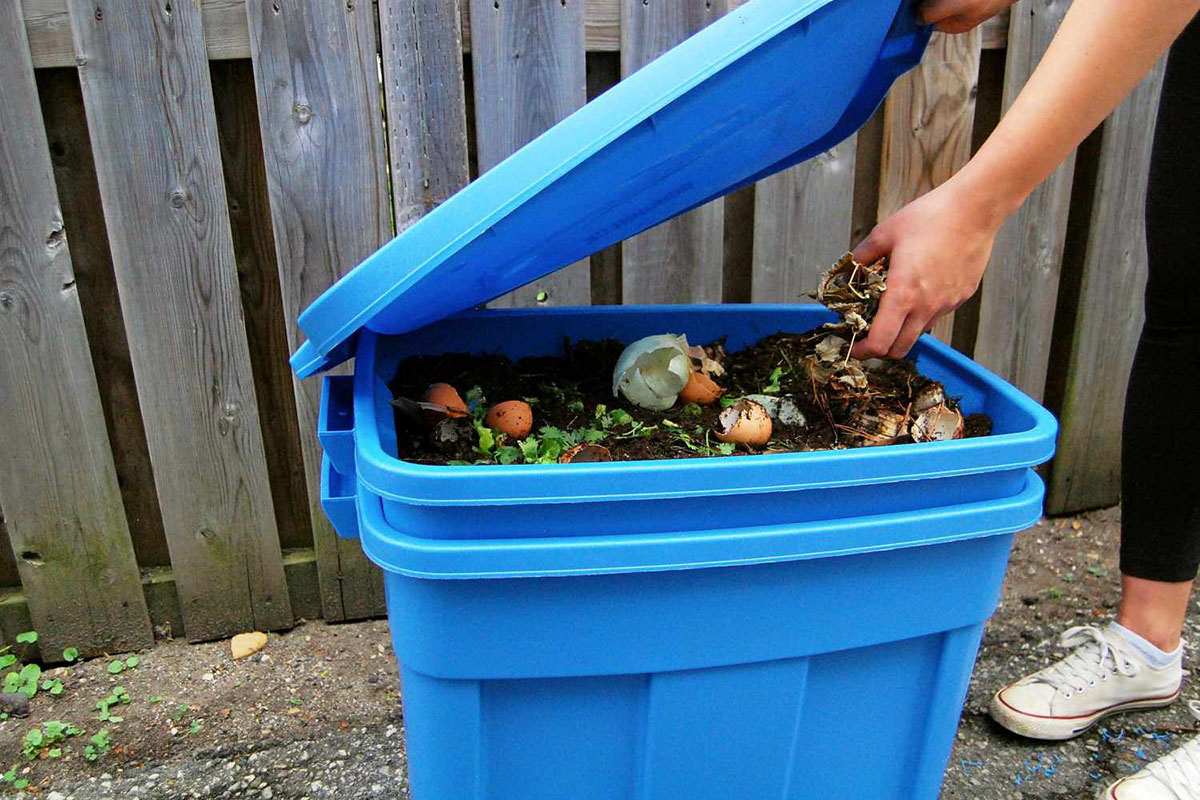
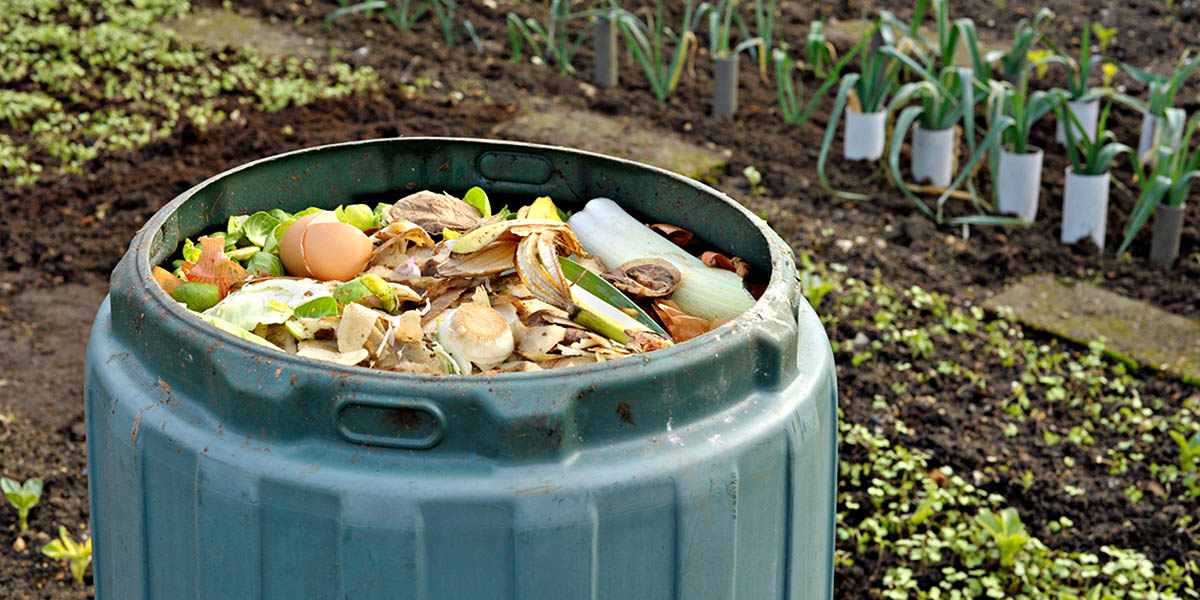
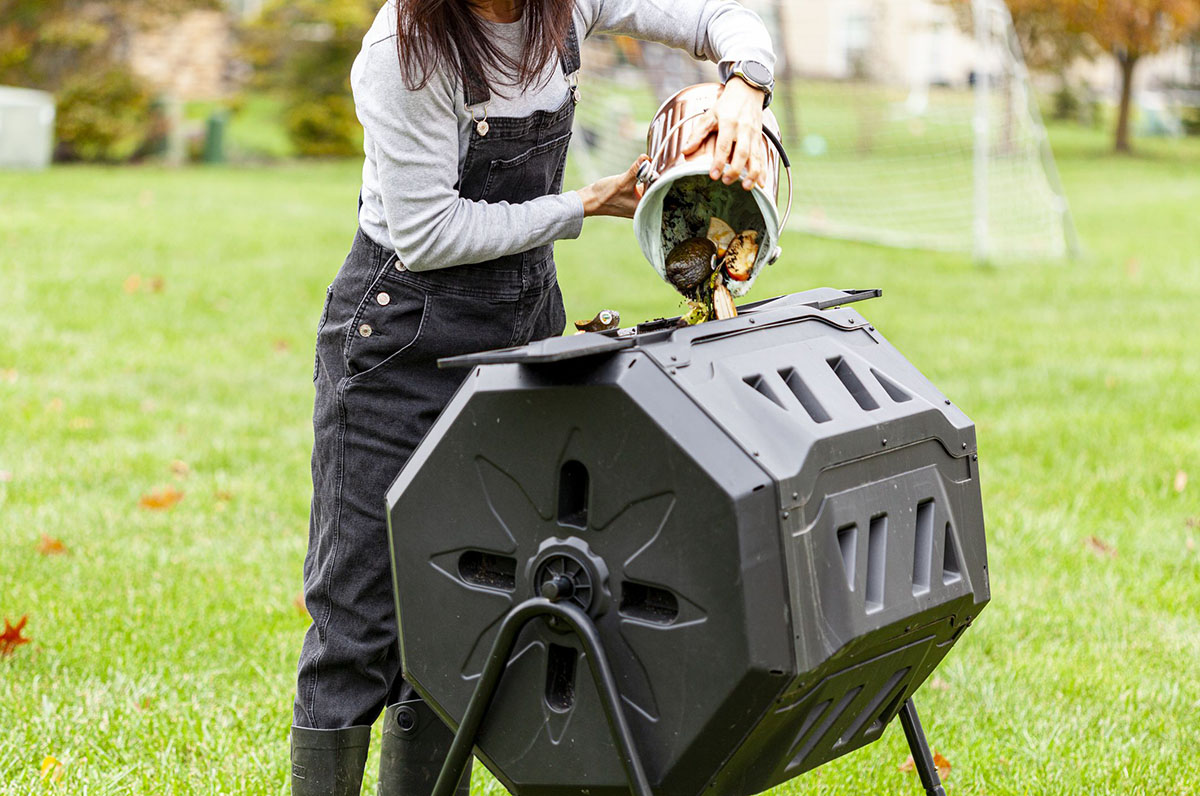
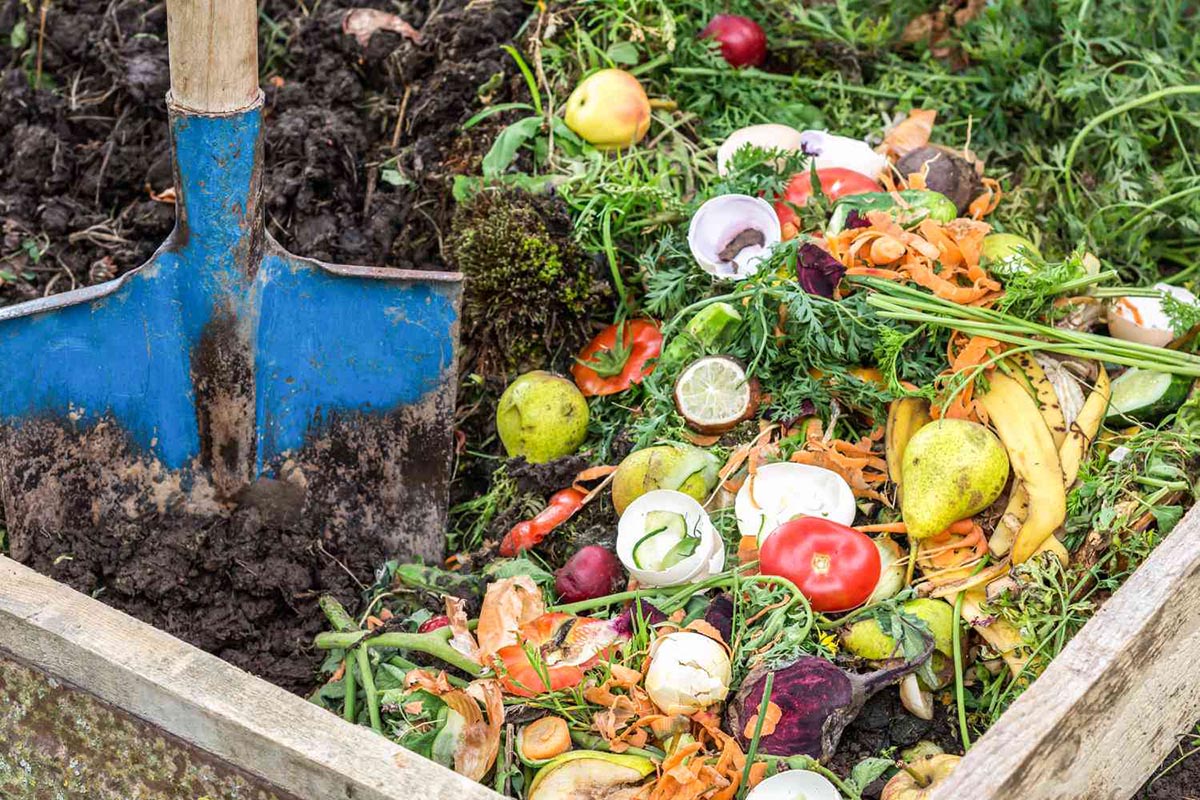
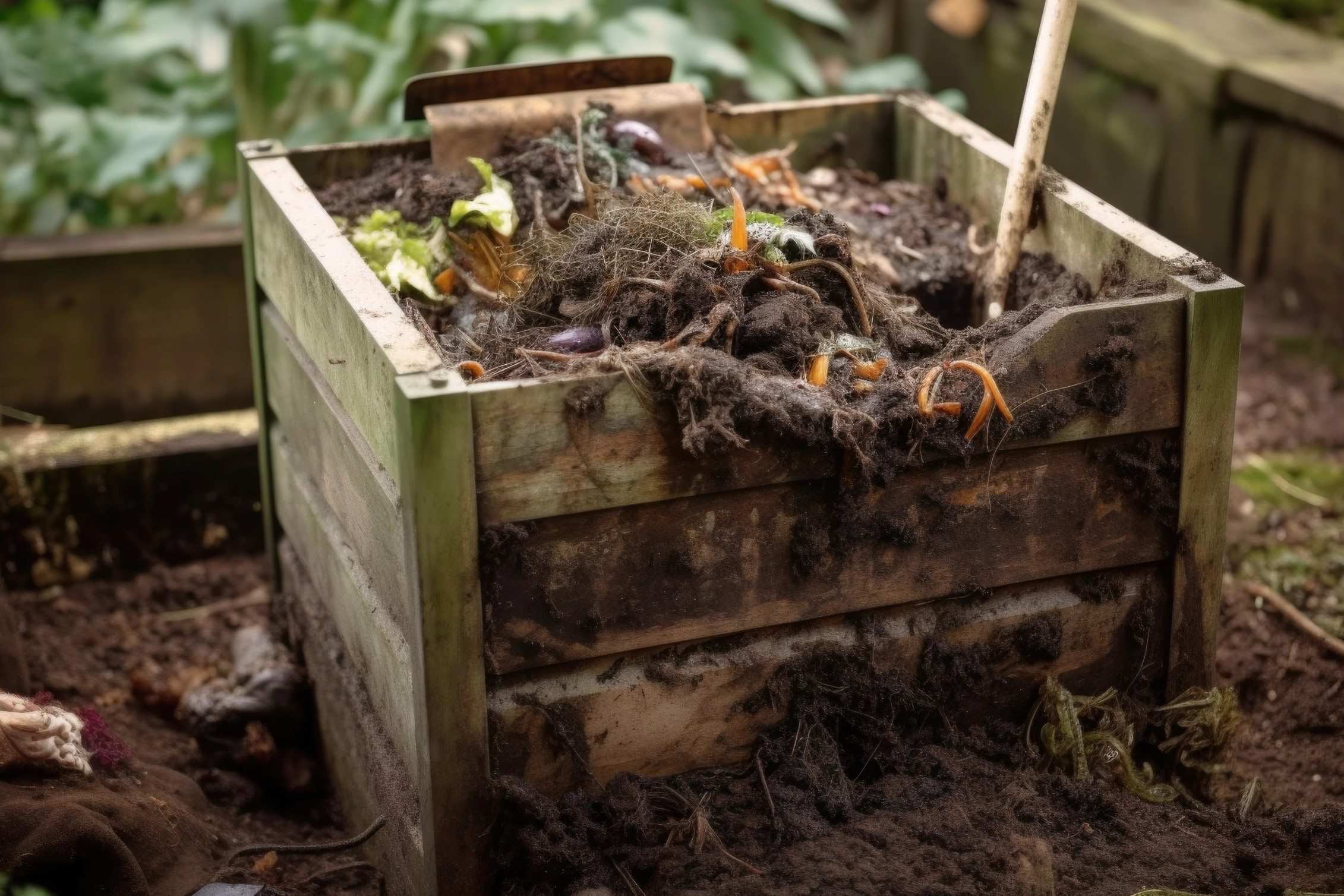
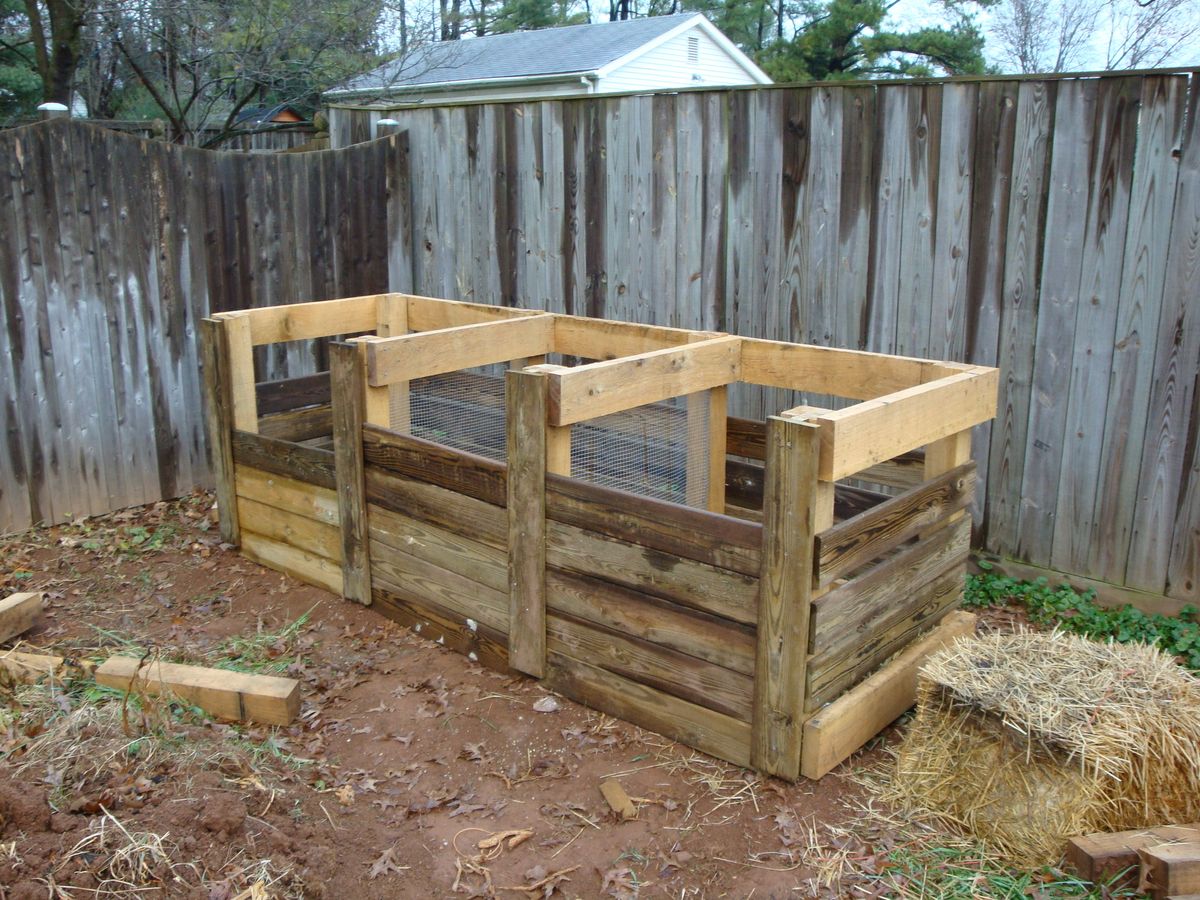
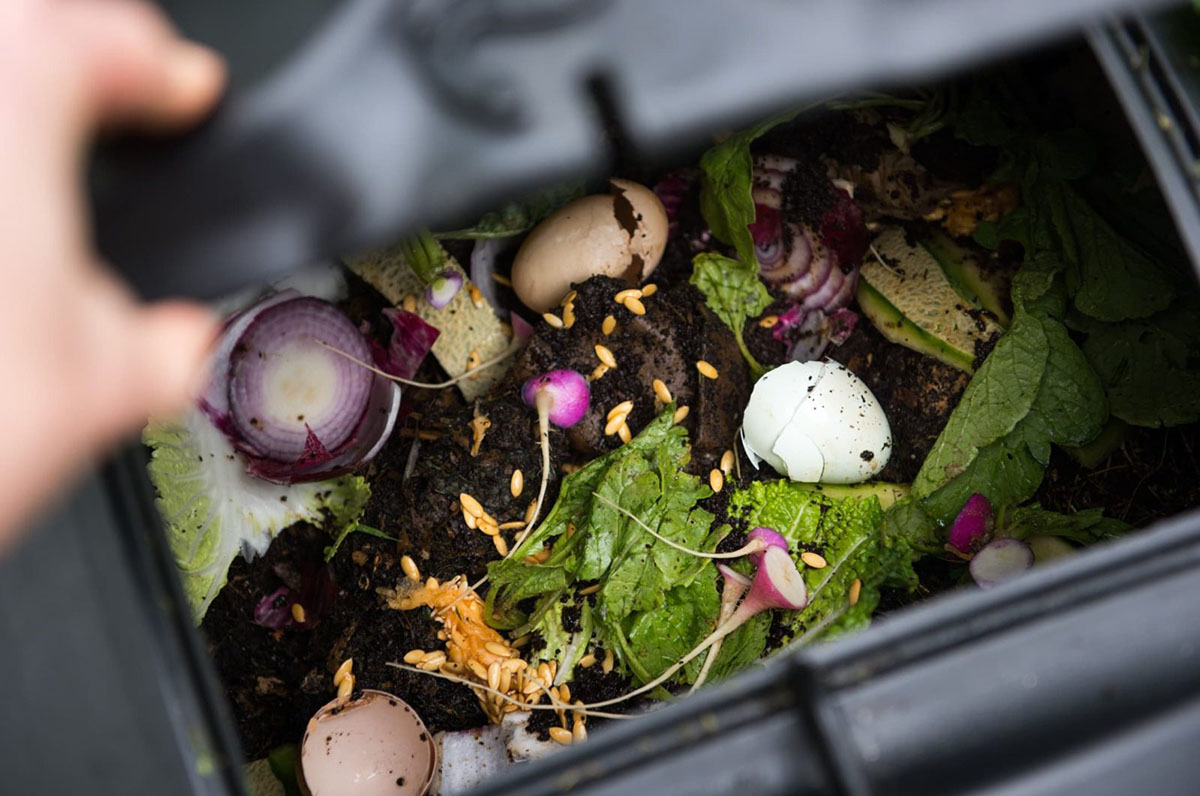
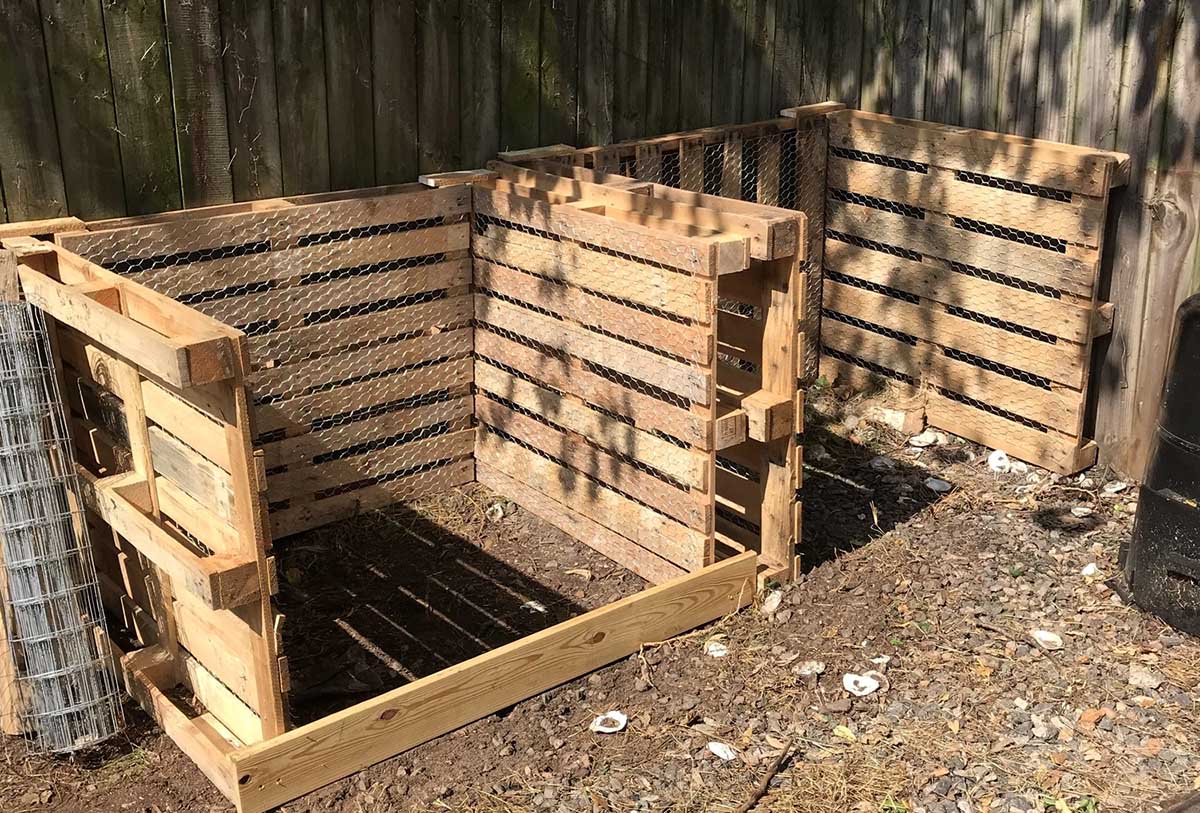
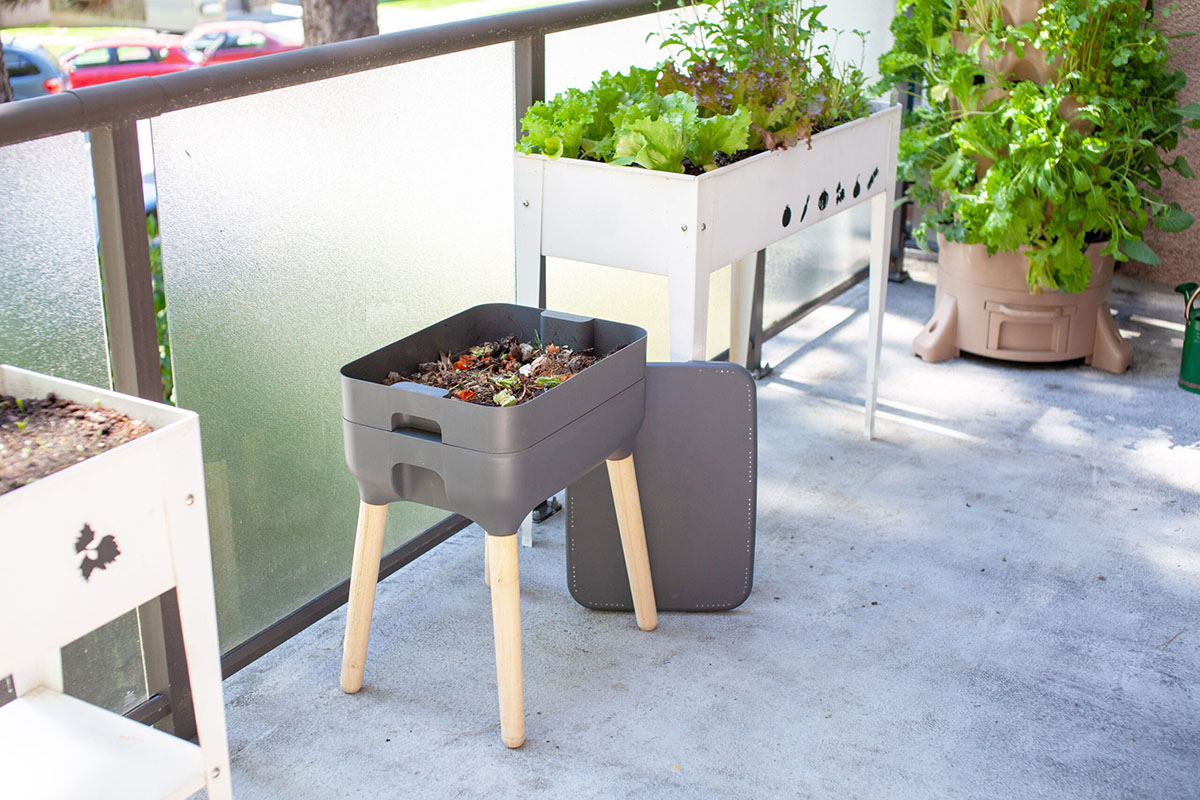

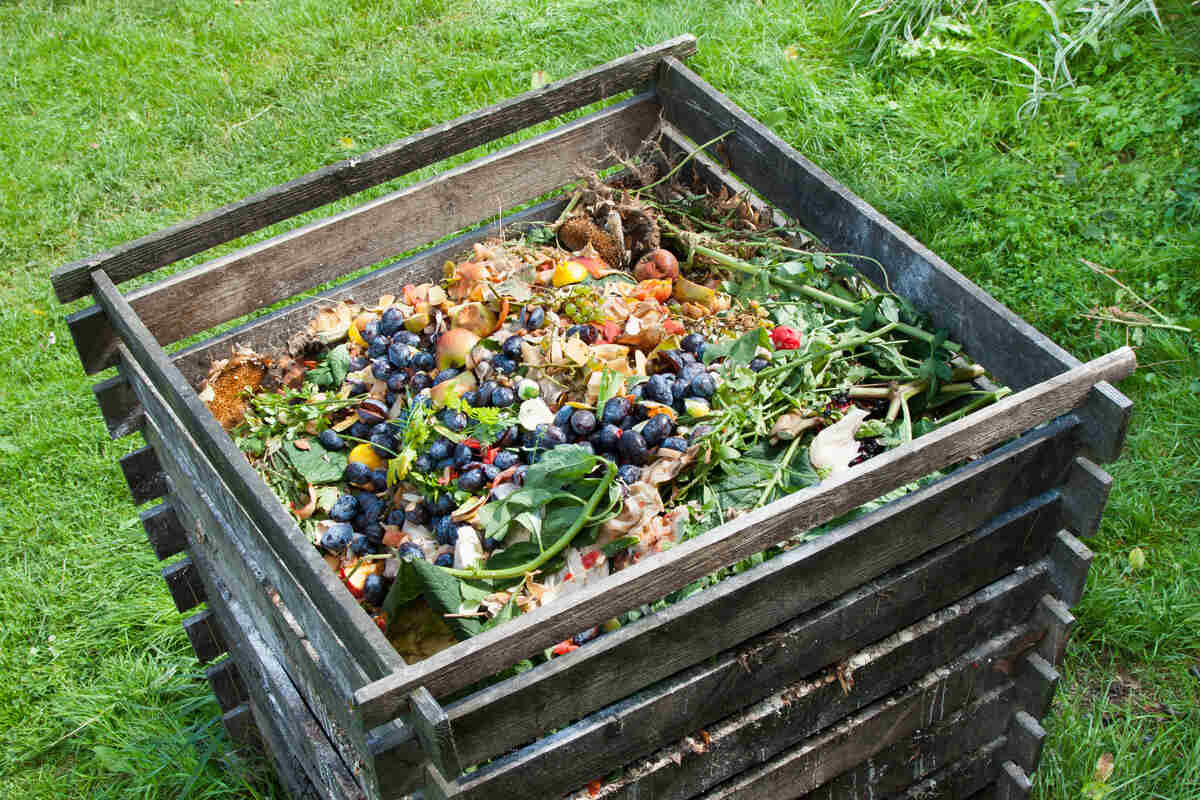
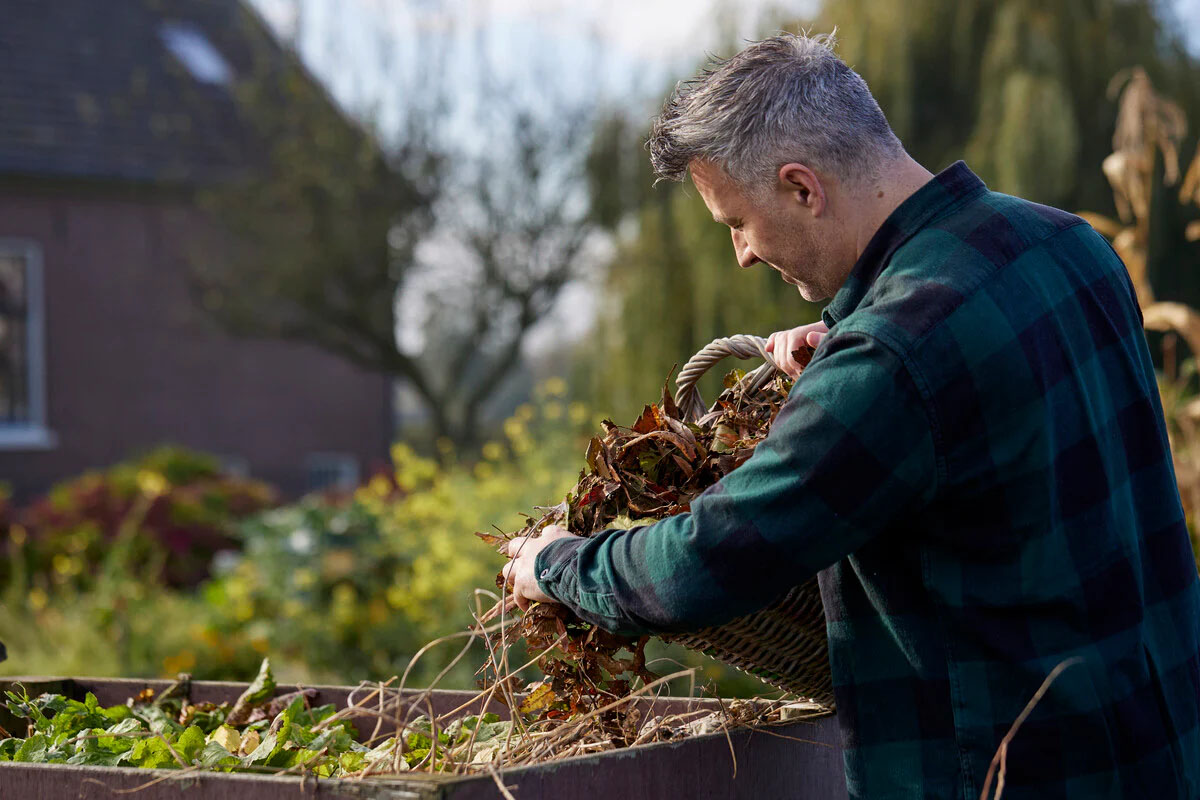
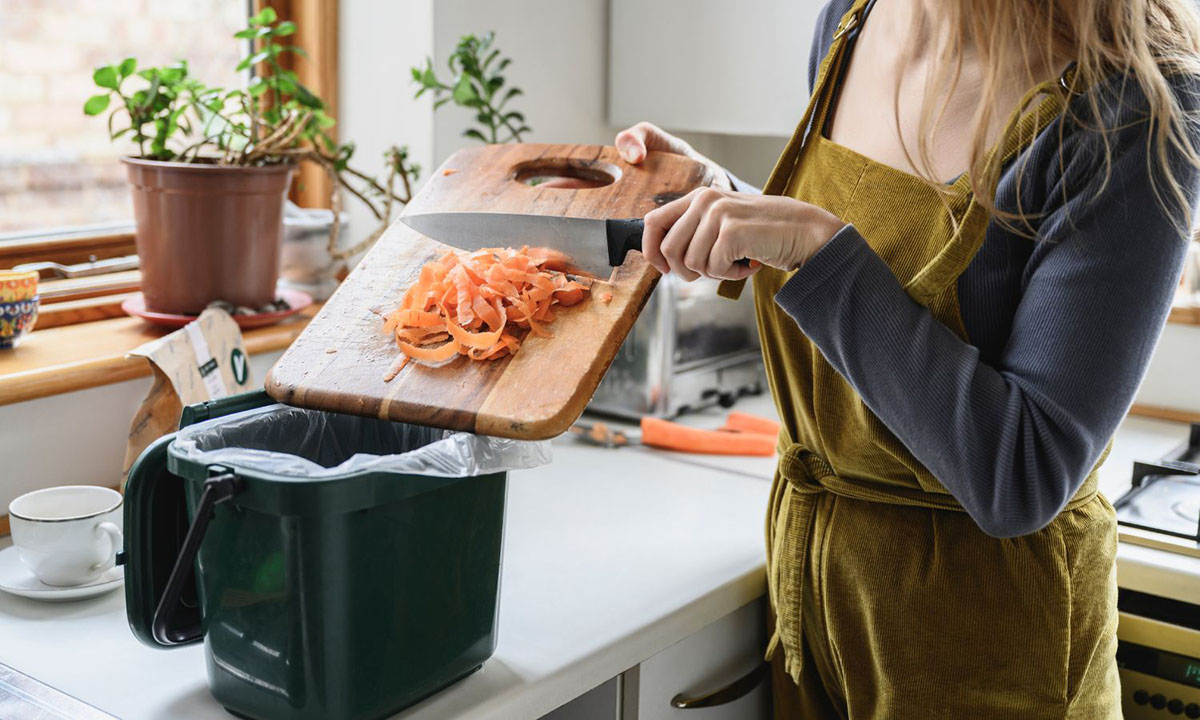


0 thoughts on “How To Use A Countertop Compost Bin”